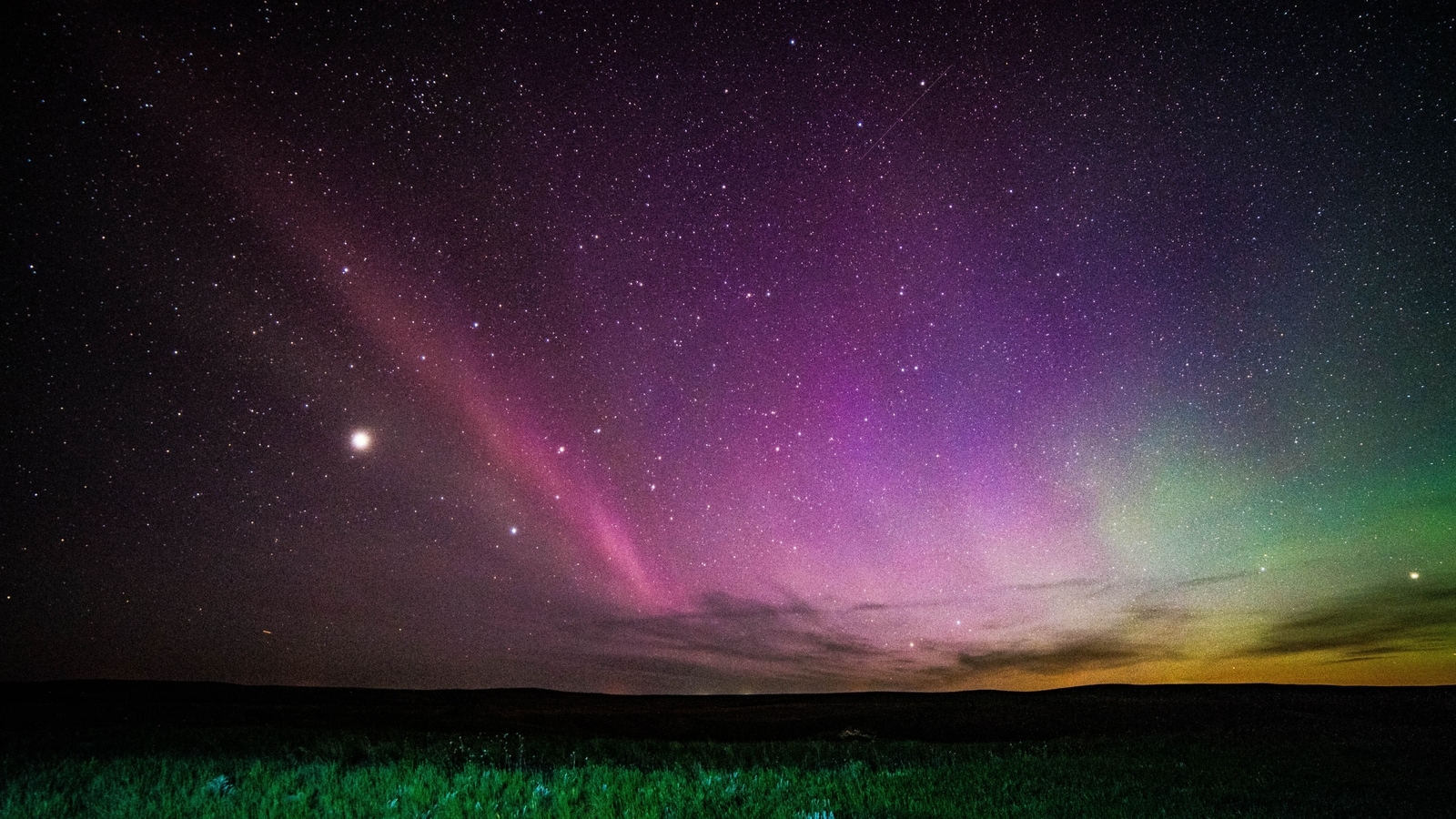Solar storm DANGER! Intense solar flare explosion sparks blackouts on Earth, NASA says
In the evening hours of May 1, NASA recorded a solar flare eruption on the Sun. The explosion occurred on the unstable sunspot AR3288. Is a solar storm on its way to the Earth now?






 View all Images
View all ImagesOn April 30, the forecasters from the National Oceanic and Atmospheric Administration (NOAA) warned about a sunspot, named AR3288, which was growing at an exponential rate and contained unstable delta-class magnetic fields. Just a day after the warning, the sunspot exploded, blasting a powerful solar flare in the direction of the Earth. As per NASA, it was an M7-class flare eruption and it sparked a radio blackout over the Atlantic Ocean region. The bigger question now is whether a solar storm is coming for the Earth.
A SpaceWeather report said, “Unstable sunspot AR3288 erupted today, May 1st at 1309 UT, producing a brief but intense M7-class solar flare. NASA's Solar Dynamics Observatory recorded the extreme ultraviolet flash. Radiation from the flare ionized the top of Earth's atmosphere, disrupting the normal propagation of radio transmissions on the planet below”.
Solar flare sparks radio blackouts on Earth
The geoeffective region for the short-wave radio blackout includes northern and western Africa, the northeastern region of South America, and some fringe areas in western Europe. Most of the impact was suffered the by Atlantic Ocean region. The radio blackout caused a loss of signal below 20 MHz for as much as 30 minutes after the explosion.
Another concern after such solar flare eruptions is a solar storm event. Usually flares also release huge amounts of coronal mass ejections (CMEs) from the surface of the Sun and into space. These travel to Earth and hit its magnetic fields and spark a geomagnetic storm. In worst cases, such storms can disrupt GPS and mobile networks, hamper internet connectivity, damage satellites, cause power grid failures, and even corrupt ground-based electronics.
The NASA Solar and Heliospheric Observatory (SOHO) coronagraph images have revealed that a significant CME leaving the blast site was not noticed and no conclusive evidence for an incoming solar storm was recovered. More clarity is expected over the next two days.
How NASA SOHO monitors the Sun
NASA SOHO is a satellite that was launched on December 2, 1995. It is a joint project between NASA and the European Space Agency (ESA) to study the sun, its atmosphere, and its effects on the solar system. Equipped with 12 scientific instruments, such as Extreme Ultraviolet Imaging Telescope (EIT), Michelson Doppler Imager (MDI), LASCO (Large Angle and Spectrometric Coronagraph) and others, SOHO captures images of the sun's corona, measures the velocity and magnetic fields of the sun's surface, and observes the faint corona around the sun.
Catch all the Latest Tech News, Mobile News, Laptop News, Gaming news, Wearables News , How To News, also keep up with us on Whatsapp channel,Twitter, Facebook, Google News, and Instagram. For our latest videos, subscribe to our YouTube channel.





























